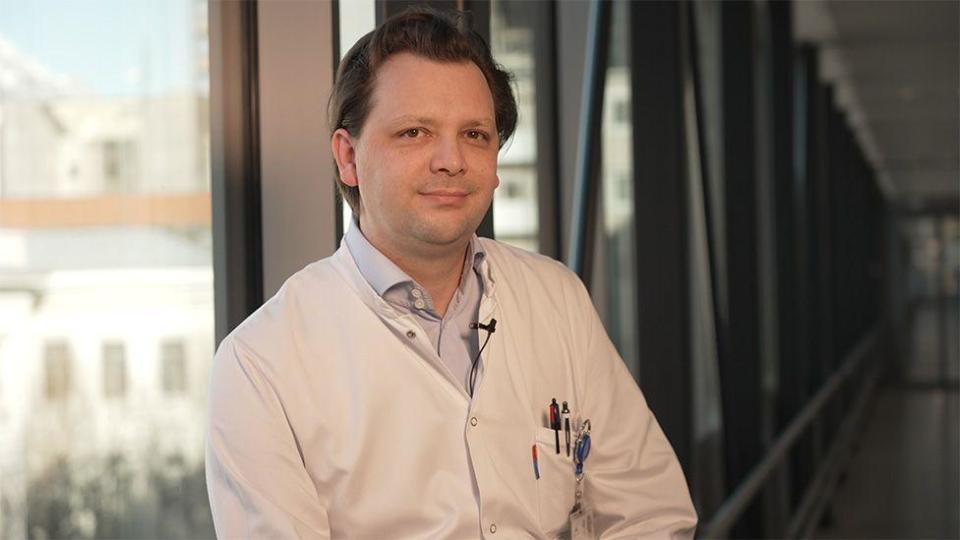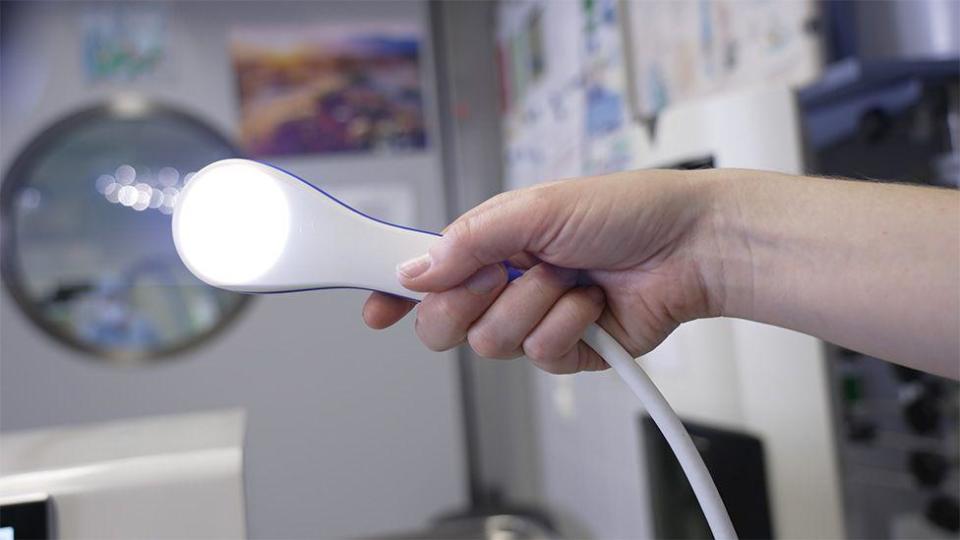Fitness
‘Space hairdryer’ regenerates heart tissue in study

Gentle shockwaves could regenerate the heart tissue of patients after bypass surgery, research suggests.
A study of 63 people in Austria found those given the new treatment could walk further – and their hearts could pump more blood.
“For the first time, we are seeing the heart muscle regenerate in a clinical setting, which could help millions of people,” Prof Johannes Holfeld, from Innsbruck Medical University, said.
Larger trials of the device, dubbed a “space hairdryer” by researchers, are now planned to try to replicate the results in a wider group of patients.
Blocked artery
Every year, 18 million people around the world die from heart disease or other cardiovascular complications, according to the World Health Organization.
Risk factors include high blood pressure and an unhealthy diet, as well as tobacco and alcohol use.
There is no cure for what is the leading cause of death globally.
Drugs and other treatment can help manage the disease and reduce the chances of a heart attack, where the supply of blood to the organ is suddenly blocked.
In severe cases, surgeons take a healthy blood vessel from the chest, leg or arm and attach it to the area of the heart above and below the blocked artery – a procedure known as a heart bypass.
But this kind of operation can only preserve heart function rather than improve it.
Researchers in Austria have been trying to regenerate the damaged tissue itself by applying mild soundwaves shortly after bypass surgery.
The procedure, which takes about 10 minutes, is designed to stimulate the growth of new vessels around the area damaged or scarred after a heart attack.
A similar “shockwave” technique is already used to treat other conditions such as injured tendons and ligaments, and erectile disfunction.
Higher-strength waves or pulses are also used in lithotripsy, a common medical procedure to break up kidney stones.

Half of the bypass patients in the study, published in the European Heart Journal, were treated with soundwaves under general anaesthetic, while the others received a fake – or sham – procedure.
A year after their surgery, the amount of oxygenated blood pumped by the heart had increased by:
The shockwave patients could also walk further without resting and reported a higher quality of life.
“It means they are able to go out for a walk with their dog again or go to the supermarket in their everyday life,” Prof Holfeld said.
“We also anticipate they will have a longer life expectancy and fewer re-hospitalisations.”


British Heart Foundation associate medical director Dr Sonya Babu-Narayan, a consultant cardiologist, said current heart-disease treatment left “much room for improvement”.
“What’s exciting about this trial is that a year later, people who had shockwave therapy to the heart during their operation had better heart function and fewer symptoms than those who didn’t,” she said.
“Bigger and longer trials are now needed to research the long-term effects.”
The researchers expect European regulators to approve the device later this year, with the first use on patients outside clinical trials planned for 2025.
The study was funded by Austrian government departments, the US National Heart, Lung and Blood Institute, and a company spun off from Innsbruck Medical University and part-owned by the researchers.


)






